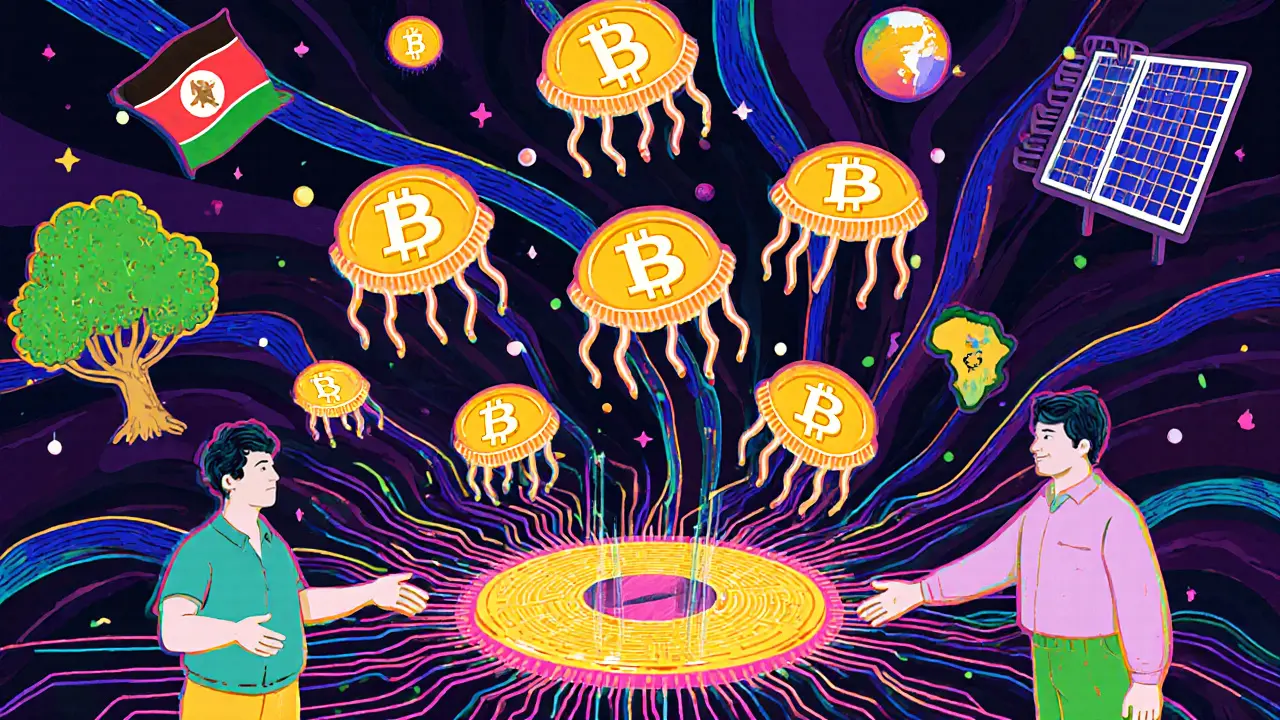Carbon Market Blockchain: How Blockchain Is Transforming Carbon Trading
When you hear carbon market blockchain, a system that uses blockchain to track, verify, and trade carbon credits in real time. It’s not just a buzzword—it’s a shift in how the world measures and pays for reducing emissions. Traditional carbon markets were messy: double-counted credits, fake offsets, opaque trading. Now, blockchain brings a ledger that can’t be altered, where every ton of CO2 reduced is recorded, traced, and owned by one person or entity. This isn’t theory—it’s already happening in projects tokenizing forests, renewable energy, and even methane capture.
Related to this are carbon credits, certificates representing one metric ton of CO2 removed or avoided, which are now being turned into digital tokens on blockchains like Polygon and Solana. These tokens can be bought, sold, or retired—just like crypto—but with real environmental impact. Then there’s RWA tokenization, the process of turning real-world assets like land, energy, or infrastructure into blockchain-based tokens. That’s exactly what’s happening with carbon: forests become NFTs, wind farms get fractional ownership, and carbon offsets become liquid assets you can trade like stocks.
Why does this matter? Because the global carbon market is worth over $800 billion—and most of it still runs on paper. Blockchain fixes the trust problem. If a company buys a carbon credit, they can see exactly where it came from, who verified it, and whether the project still exists. No more greenwashing. No more ghost credits. And with institutions like BlackRock and Goldman Sachs now investing in tokenized real-world assets, this isn’t a fringe experiment—it’s becoming mainstream finance with a purpose.
What you’ll find in the posts below are real examples of how blockchain is being used to track emissions, how carbon offset projects are being tokenized, and which crypto projects are actually delivering on the promise—not just selling hype. Some are working. Some are dead. All of them show where the real money and innovation are heading in carbon markets.
How Carbon Credit Trading on Blockchain Works in 2025
Carbon credit trading on blockchain turns verified emissions offsets into digital tokens, enabling transparent, instant, and fractional trading. Learn how it works, key platforms, and why quality matters more than tech.
